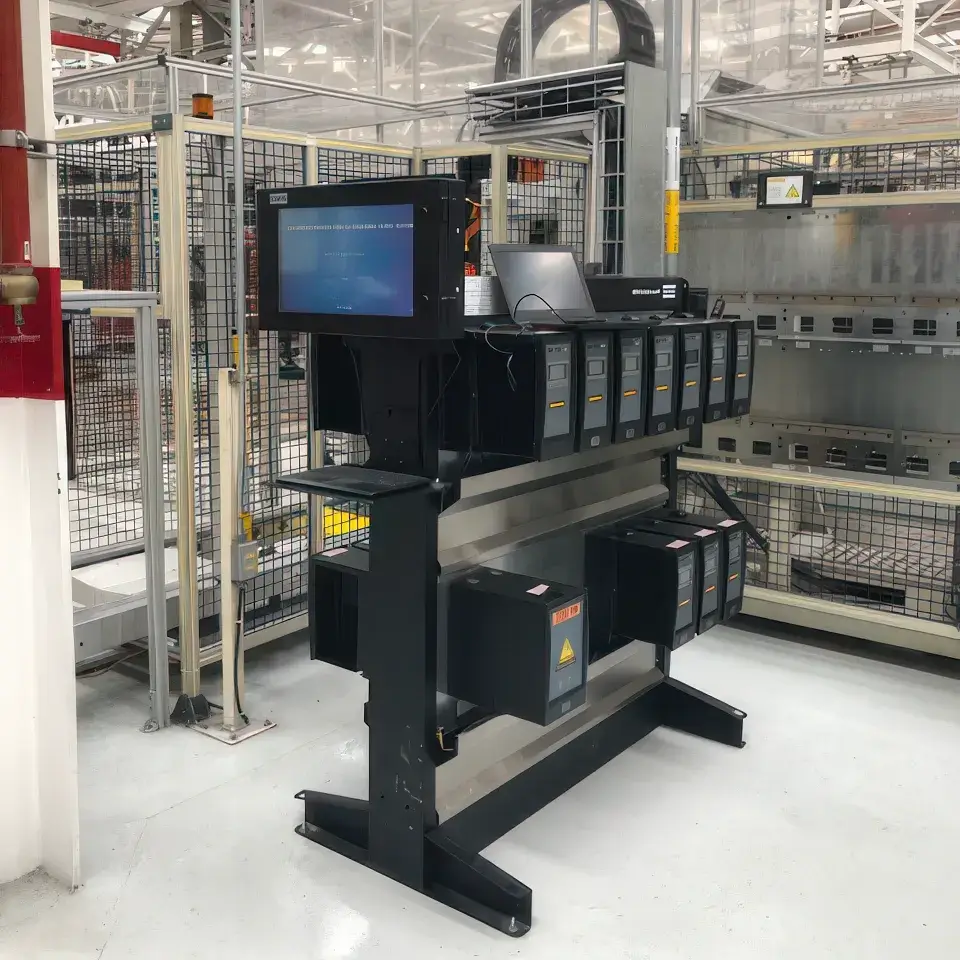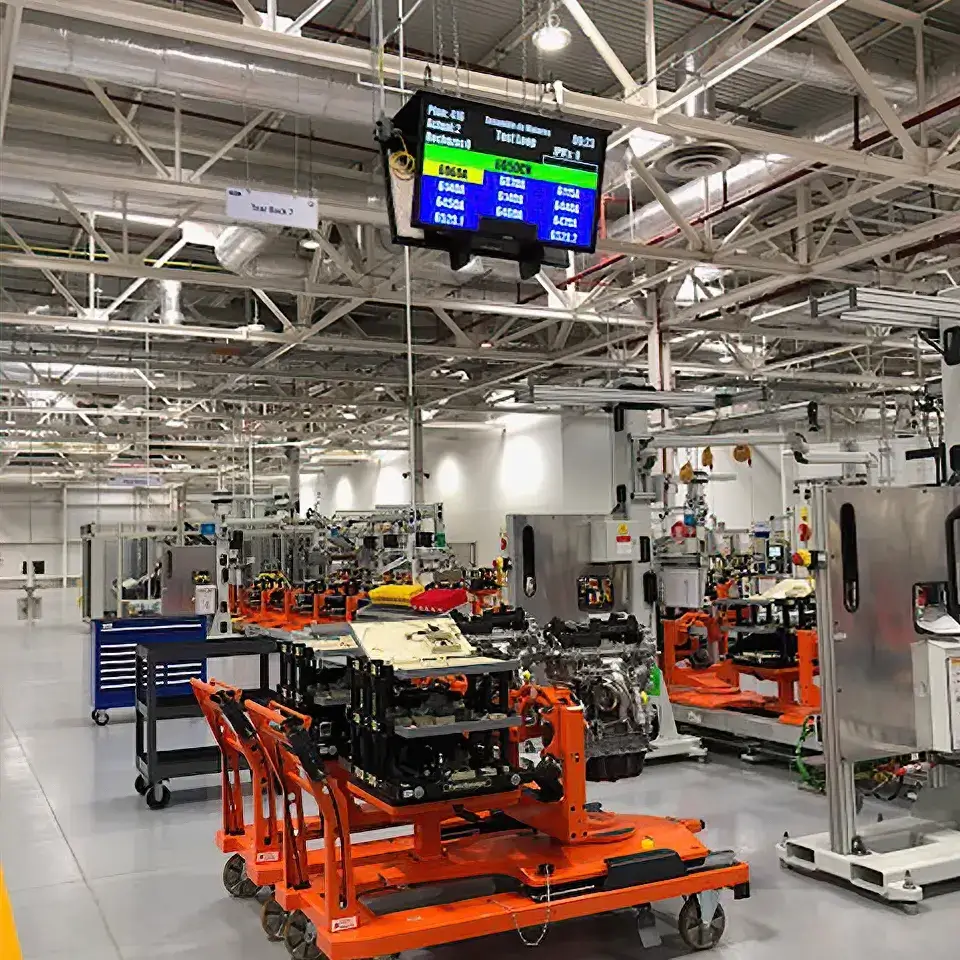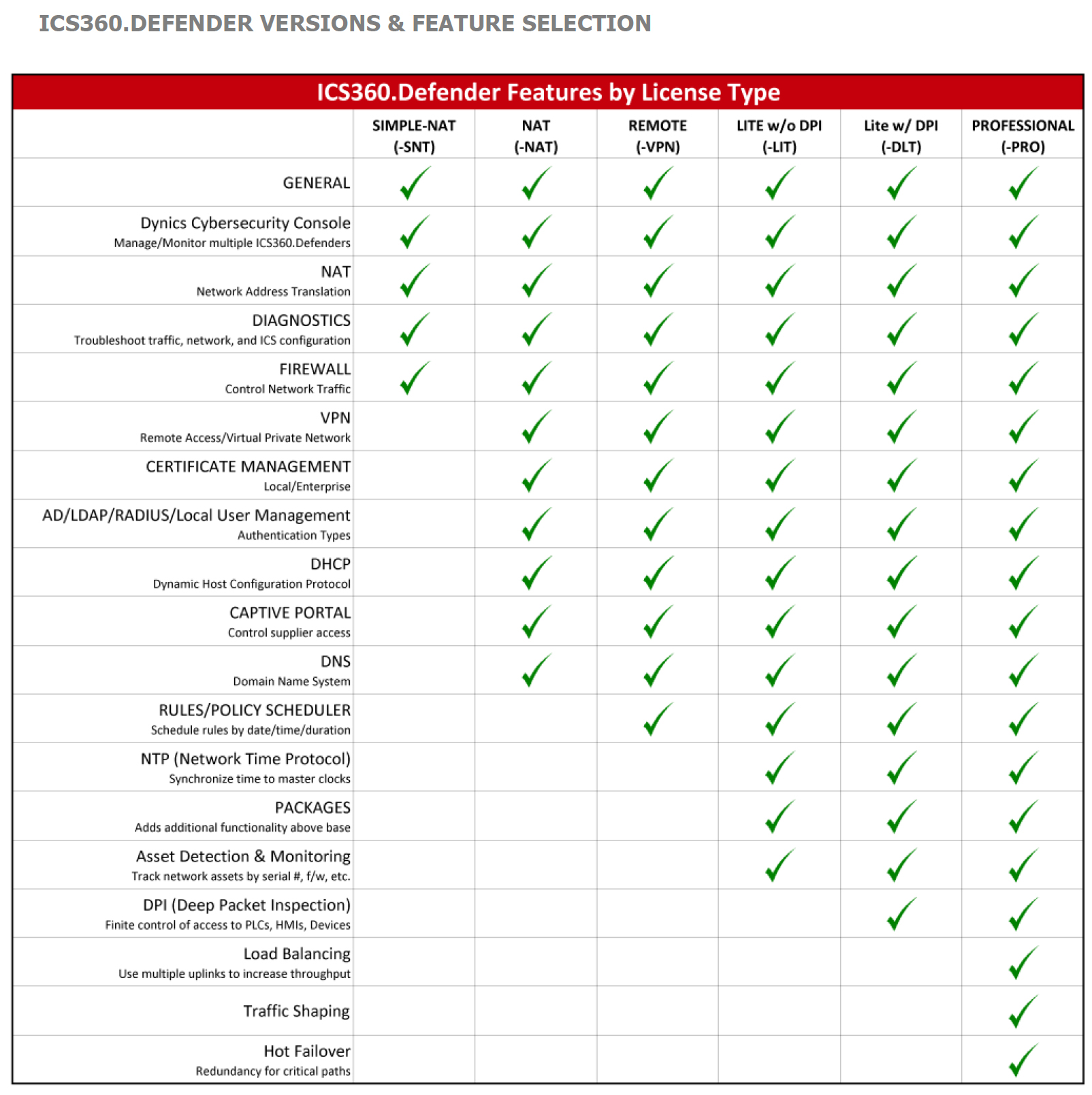OT cybersecurity attacks have become a significant concern for critical infrastructure operators and a major part of our conversations with clients and others in the industry. Not only are they dangerous, but they’re extremely costly. According to the 2024 IBM Cost of a Data Breach report, the average cost of a data breach in the industrial sector was $5.56 million. Considering increased convergence with IT and the threat of activity by OT-focused groups like Volt Typhoon, this figure has the potential to rise.
Broadening the Focus
To prevent the physical and monetary impact of cyberattacks on critical infrastructure, we have to focus on more than just the networks themselves. Of course, they are the target. If we don’t address the elements surrounding them though, we are leaving them exposed to other vulnerabilities. As State Scoop recently reported, a navy admiral referred to state and local cybersecurity personnel as “the backbone of protecting critical infrastructure in the U.S” and “should be treated like military personnel and members of the ‘front line’ defense by the government.”
The Importance of Ownership and Efficiency
Like the networks, personnel must be equipped to prevent cyber incidents. While this takes training, it also takes communication and organization. We’ve talked to both CIOs and facility staff. In many cases, neither has absolute ownership over cybersecurity measures for OT and facilities. CISOs are often stretched thin, having to watch so many systems. Meanwhile, facility staff lack cyber-specific knowledge. Ownership is key, and it is one of the elements that DYNICS helps operators establish.
The other focus that can get lost is the actual facilities, meaning the buildings housing the operations. Making buildings more efficient, including the benefits of automation, prevents entire operations from shutting down in the event of an attack. Securing the cyber and physical can come in the form of installing proper switches, segmenting control systems by floors, and streamlining data communication. By activating security strategies at every level of an operation, you are instilling a zero-trust approach that goes far beyond one network.
Sources:
- “Is the water safe? The state of critical infrastructure cybersecurity” – Jonathan Reed, Security Intelligence
- “Volt Typhoon: The Cybersecurity Industry Effect on Critical Infrastructure” – Thomas C. Breiter, Homeland Security Today
- “State, local cyber personnel should be treated as ‘front line’ defending critical infrastructure” – Keely Quinlan, StateScoop
https://statescoop.com/state-local-cyber-personnel-front-line-defending-critical-infrastructure/










